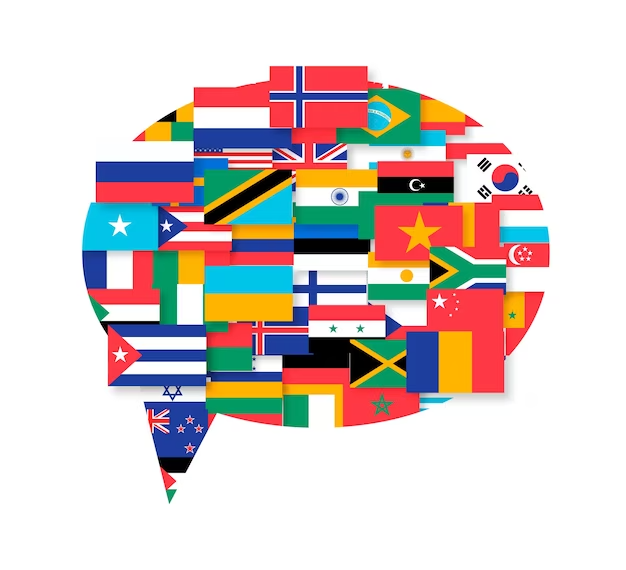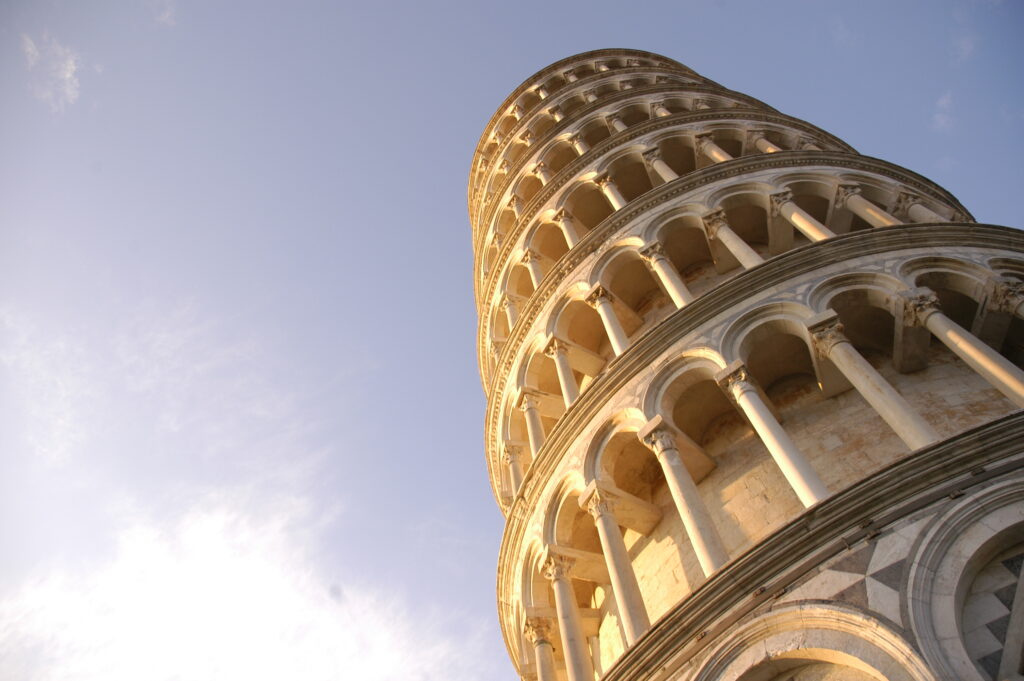Language Origins: Delving Deep into the Genesis of Human Communication
The rich tapestry of languages that embroiders our world is a testament to humanity’s ingenuity and adaptability. Each word we utter, each gesture we make, carries millennia of evolution, cultural exchange, and shared history. In this exploration, we’ll venture beyond the surface, tracing back to the very roots of human communication, and charting its intricate evolution through the annals of time.
The First Echoes: Early Forms of Communication
Before structured languages graced our tongues and pens, early humans had rudimentary yet effective ways of communicating:
- Gestures and Body Language: Non-verbal cues were the primal language. A simple pointed finger could indicate direction, while a furrowed brow signified confusion or concern.
- Vocal Expressions: Grunts, shrieks, and other elemental sounds carried a world of emotion, from the joy of a bountiful hunt to the danger of an approaching predator.
- Tactile Communication: Touch, one of the earliest forms of communication, played a pivotal role in early human communities, offering comfort, forging bonds, or signaling danger.
Painting Stories: Cave Art as Proto-Language
Cave walls became the canvas for prehistoric tales and wisdom:
- Narratives in Art: Scenes of hunting, dancing, and rituals weren’t just prehistoric documentaries but carried symbolic meanings and spiritual beliefs.
- Symbolism: Over time, recurring symbols in cave paintings, like a particular animal or pattern, began to hold specific meanings, laying the foundation for symbolic communication.
The Dawn of Written Systems: Hieroglyphics and Beyond
As civilizations grew more complex, so did their means of communication:
- Egypt’s Hieroglyphics: This ornate system, etched on temple walls and papyrus scrolls, combined pictorial symbols with phonetic ones, capturing the richness of the Egyptian culture and religion.
- Mesopotamia’s Cuneiform: Using reed styluses on clay tablets, the Sumerians developed cuneiform, a writing system of wedge-shaped marks. Initially used for record-keeping, it evolved into a tool for literature, law, and more.
Symbol Name Hieroglyphic Cuneiform Meaning Water 𓈗 𒀀 Water or channel Sun or Day 𓂋 𒀯 Day or time Man or Human 𓀀 𒀭 Man or human being
From Symbols to Sounds: The Rise of Alphabets
As societies interacted more, there arose a need for more flexible and efficient writing systems:
- Phoenician Innovations: The Phoenicians crafted an alphabet that was more phonetic, focusing on sounds rather than symbols, setting the stage for subsequent alphabetic systems.
- Greek and Latin Evolution: The Greeks added vowels, refining the Phoenician system. This further morphed into the Latin script, which became the cornerstone for numerous contemporary languages.
Social Catalyst: Language’s Role in Shaping Civilizations
Language has always been more than just a means of communication—it’s a societal adhesive:
- Oral Traditions: Myths and legends, passed down generations, established shared values, morals, and cultural identities.
- Trade, Diplomacy, and Expansion: Language facilitated diplomacy, trade routes, and even conquests, becoming a tool of both unity and domination.
The Linguistic Renaissance: The Explosion of Modern Languages
With the fall of empires and the rise of nation-states, regional dialects flourished:
- Romantic Languages: Latin, once the lingua franca of the Roman Empire, branched into languages like Spanish, French, and Italian, each reflecting its unique cultural and historical influences.
- Cultural Melting Pots: As civilizations interacted, languages borrowed from one another, enriching their lexicons and structures.
The Future of Language: A Confluence of Tech and Tradition
In today’s digital age, languages are evolving faster than ever:
- Tech Lingo: With the rise of the internet and smartphones, new words and forms of expressions, like emojis and internet slang, have emerged.
- AI and Machine Learning: As technology advances, languages are being shaped and even translated by artificial intelligence, yet the nuances and cultural contexts that humans bring to language remain irreplaceable.
Conclusion: The Eternal Symphony of Humanity
Our journey from primal sounds to the sophisticated linguistic systems of today offers a profound reflection of our shared human heritage. Language, in all its forms, encapsulates our triumphs, our histories, our dreams, and our collective consciousness. As we continue to forge ahead in this ever-globalizing world, let’s cherish and preserve this most human of all our inventions—the gift of language.




